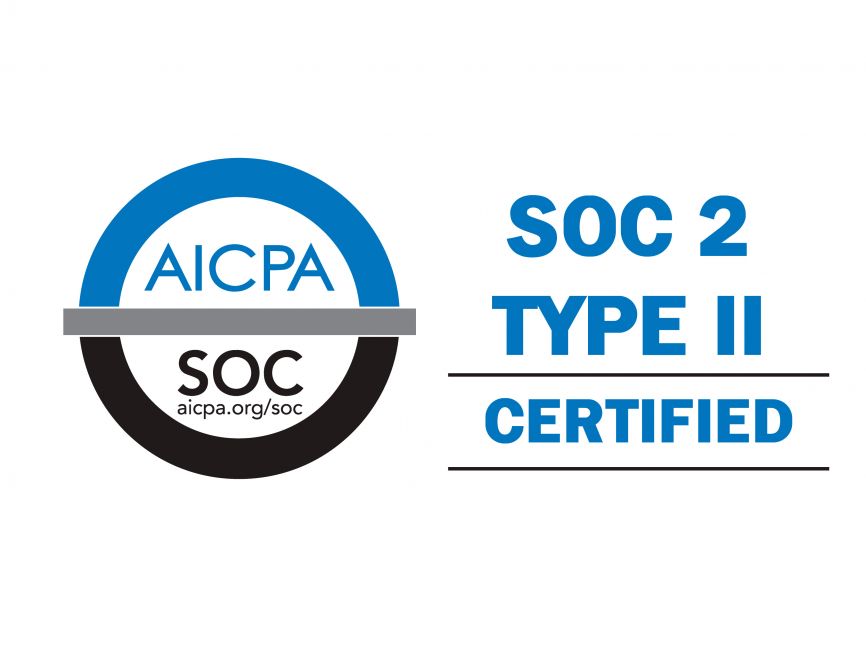In an era of digital innovation and connectivity, telemedicine has emerged as a transformative force in modern healthcare delivery. By leveraging technology to bridge the gap between patients and providers, telemedicine revolutionizes how healthcare is accessed, delivered, and experienced. At American Exchange, we recognize the profound impact of telemedicine on improving access to care, enhancing patient outcomes, and driving efficiency across the healthcare continuum.
One of the most significant benefits of telemedicine is its ability to overcome geographical barriers and expand access to care for patients, particularly those in underserved or remote areas. Through virtual consultations and remote monitoring, patients can connect with healthcare providers from the comfort of their homes, eliminating the need for travel and reducing barriers to access. This is particularly impactful for individuals with limited mobility, chronic conditions, or those living in rural communities where healthcare resources may be scarce.
Telemedicine has been shown to improve patient outcomes by facilitating timely access to care, enhancing care coordination, and promoting proactive management of chronic conditions. For example, patients with diabetes can benefit from remote monitoring devices that track blood glucose levels and transmit data to their healthcare providers in real time. Providers can intervene early to prevent complications and optimize treatment outcomes by closely monitoring vital signs and medication adherence.
Telemedicine enables seamless collaboration among multidisciplinary care teams, allowing specialists to consult on complex cases and coordinate care across different medical specialties. This integrated approach improves clinical decision-making and enhances the quality of patient care, leading to better health outcomes and improved patient satisfaction.
In addition to improving access and outcomes, telemedicine has the potential to generate significant cost savings for patients, healthcare providers, and payers alike. By reducing the need for in-person visits and unnecessary hospitalizations, telemedicine helps to lower healthcare costs associated with transportation, facility fees, and missed work days. For example, a study published in the Journal of Telemedicine and Telecare found that telemedicine consultations for dermatology services resulted in cost savings of up to 50% compared to traditional in-person visits.
Telemedicine can reduce the strain on healthcare resources by optimizing provider time allocation and reducing appointment wait times. This increased efficiency translates into improved patient satisfaction and better utilization of healthcare resources, ultimately leading to a more sustainable and equitable healthcare system.
Numerous real-life examples and case studies across different medical specialties support the effectiveness of telemedicine in improving access, outcomes, and cost-effectiveness. For instance, telepsychiatry programs have been successful in increasing access to mental health services for underserved populations, reducing wait times for appointments, and improving treatment adherence.
Similarly, telestroke programs have enabled timely access to specialized stroke care for patients in rural areas, leading to faster diagnosis and treatment initiation, which are critical factors in improving stroke patients’ outcomes. These examples underscore the versatility and effectiveness of telemedicine in addressing a wide range of healthcare needs and delivering high-quality care to patients regardless of their location.
Telemedicine represents a paradigm shift in modern healthcare delivery, offering unprecedented opportunities to improve access, enhance outcomes, and reduce costs for patients, providers, and payers alike. By harnessing the power of technology to connect patients with healthcare providers anytime, anywhere, telemedicine holds the promise of a more accessible, efficient, and patient-centered healthcare system. At American Exchange, we are committed to encouraging our clients to use telemedicine solutions to transform how healthcare is delivered, experienced, and valued in the digital age.

